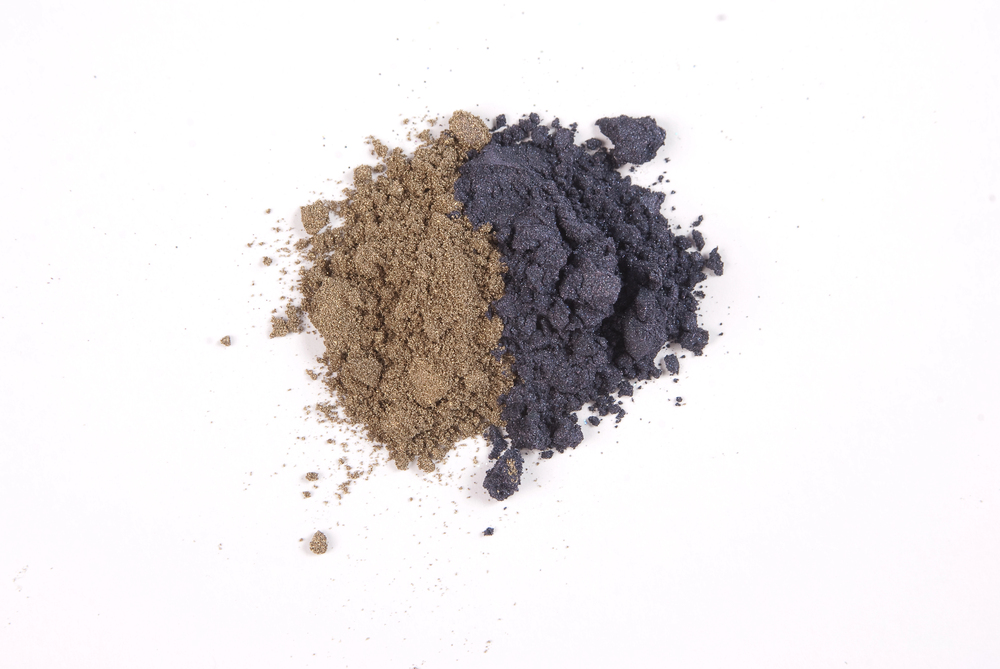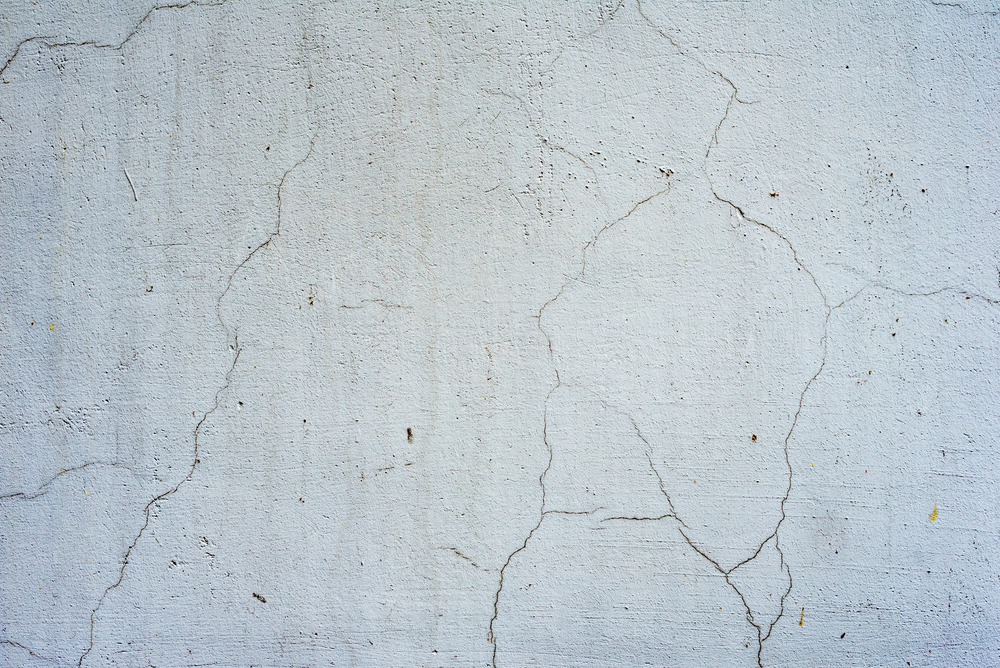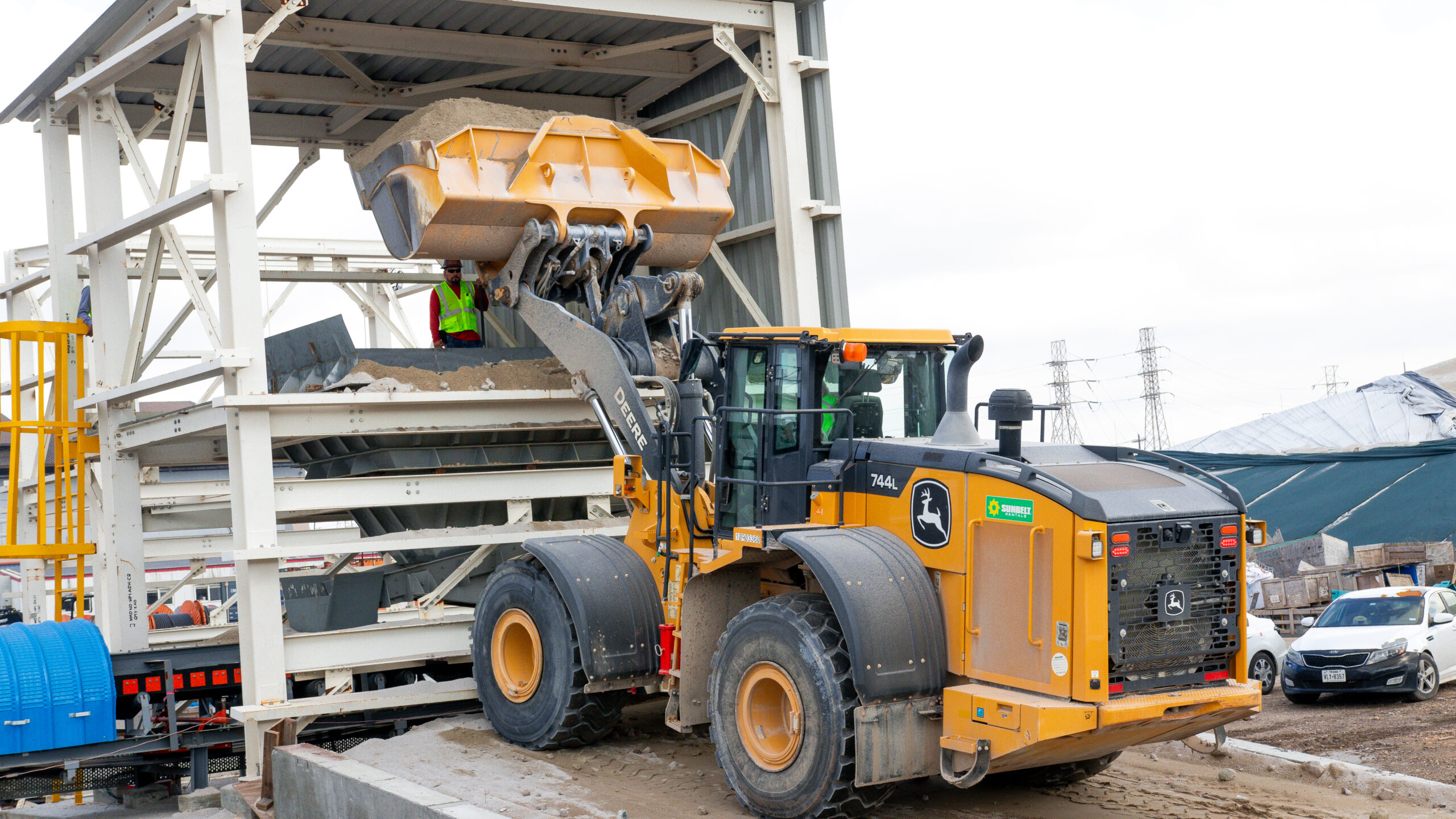Slag Cement Vs Fly Ash
Consistency and Uniformity
Slag cement offers more uniformity than fly ash, resulting in concrete mixtures with more consistent performance. This makes slag cement a reliable choice for producing concrete with predictable setting times, strength, and durability. In contrast, the variability in fly ash—especially in carbon content—can lead to inconsistent properties in the finished concrete.
Plastic Properties
1. Water Reduction
Both slag cement and fly ash help reduce the amount of water needed to achieve a workable mix. Slag cement achieves this by refining paste characteristics and absorption rates, while fly ash contributes through its unique particle shape and size distribution. These water-reducing properties can decrease reliance on chemical admixtures.
2. Air Entrainment
Fly ash often contains variable carbon content, which interferes with air-entraining admixtures and causes unstable air content. Slag cement, which is carbon-free, allows for more consistent and controlled air entrainment, improving freeze-thaw durability.
3. Time of Set
Slag cement generally offers quicker initial set times compared to fly ash, making it ideal for fast-paced projects that demand quick turnaround times without compromising quality.
4. Pumpability and Finishability
Both materials improve concrete’s pumpability due to their fine particle size. Slag cement also improves the finishability of concrete surfaces, allowing smoother, more uniform finishes.
Hardened Properties
1. Strength
At 28 days, concrete made with slag cement or Class C fly ash generally achieves higher strength than that made with Class F fly ash or straight portland cement. Slag cement is particularly effective in high-strength applications, offering long-term strength gains.
2. Permeability
Slag cement improves durability by producing concrete with lower permeability, especially when tested using ASTM C1206 (Rapid Chloride Permeability Test). This low permeability reduces the ingress of harmful substances such as chlorides and sulfates.
3. Sulfate Attack and ASR Resistance
Both slag cement and Class F fly ash help protect against sulfate attack and alkali-silica reaction (ASR), extending service life in aggressive environments. However, Class C fly ash may not offer the same level of protection in sulfate-rich conditions.
4. Color and Reflectivity
Slag cement typically produces a lighter-colored concrete with higher reflectivity. This is beneficial in urban settings to reduce heat absorption and mitigate the heat island effect. In contrast, Class C and F fly ashes usually yield darker, gray-toned concrete.
Expanded Benefits of Slag Cement
Thermal Performance
Slag cement significantly reduces the heat of hydration, especially beneficial in mass concrete placements. This reduction minimizes thermal stress and cracking, enhancing structural integrity and long-term performance.
Environmental Sustainability
Slag cement supports sustainable construction by repurposing industrial byproducts, reducing the carbon footprint associated with cement production. It aligns with LEED goals and sustainable project certifications. Learn more on our Sustainable Construction Materials page.
Technical Resources and Support
Sathi USA offers detailed technical documents and mix design data to assist engineers, architects, and contractors. From performance specs to application guidance, these resources ensure best practices when using slag cement in concrete.
Advanced Formula with Sathi USA
While both slag cement and fly ash have value in concrete production, slag cement provides distinct advantages in terms of consistency, long-term strength, durability, and sustainability. It not only improves concrete’s performance characteristics but also contributes to more sustainable, cost-effective, and resilient construction.
To explore how slag cement can enhance your next project, get in touch with Sathi USA or visit our product overview to learn more.




